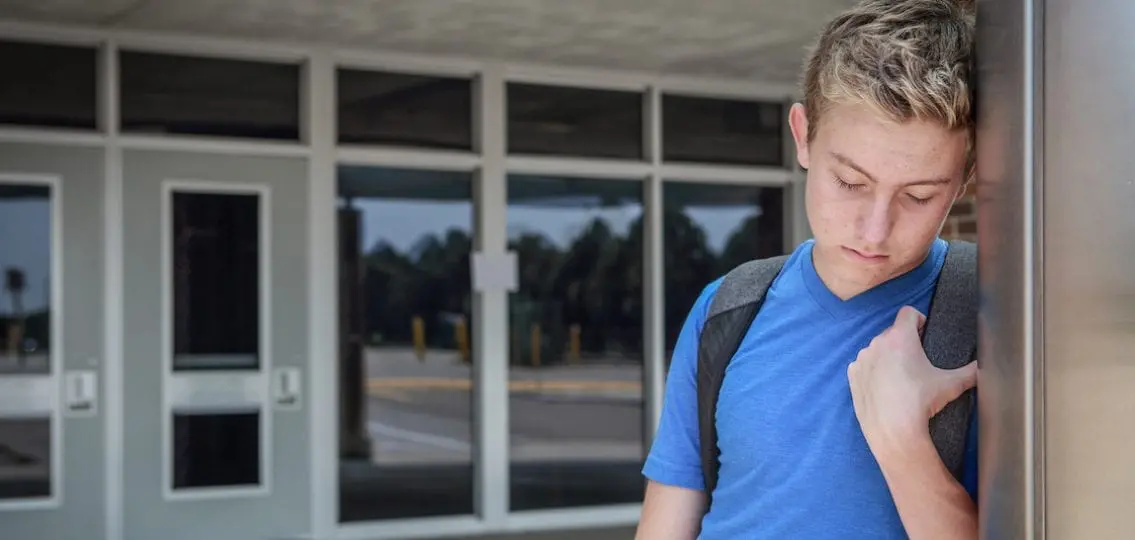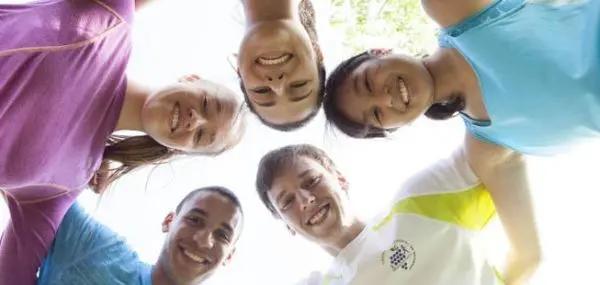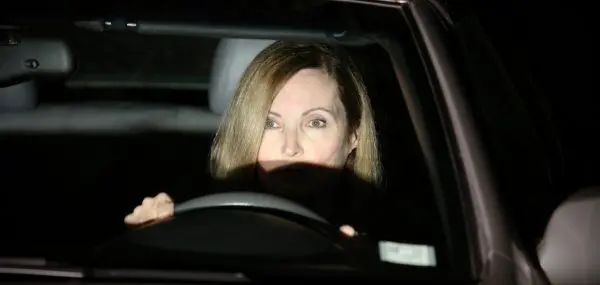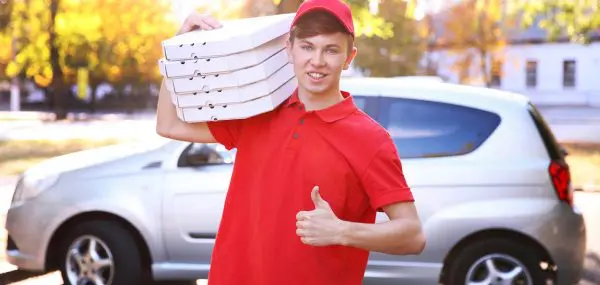As a parent, I worry for my kids. And until I recently retired from teaching, I worried for my kids at school, too. I spent a lot of time wondering what I would do if there were an active shooter in my school building.
Even though the district where I taught has a “shelter in place” policy, I trained for active shooter drills. One of the first things I did at the beginning of each year is develop a “what if” strategy. I eyeballed my classroom to determine whether it would be better to have my students exit out the window or race out the door to the nearby stairwell in the event of an incident.
Inevitably, I’d pause mid-thought and wonder “How have we gotten here?”
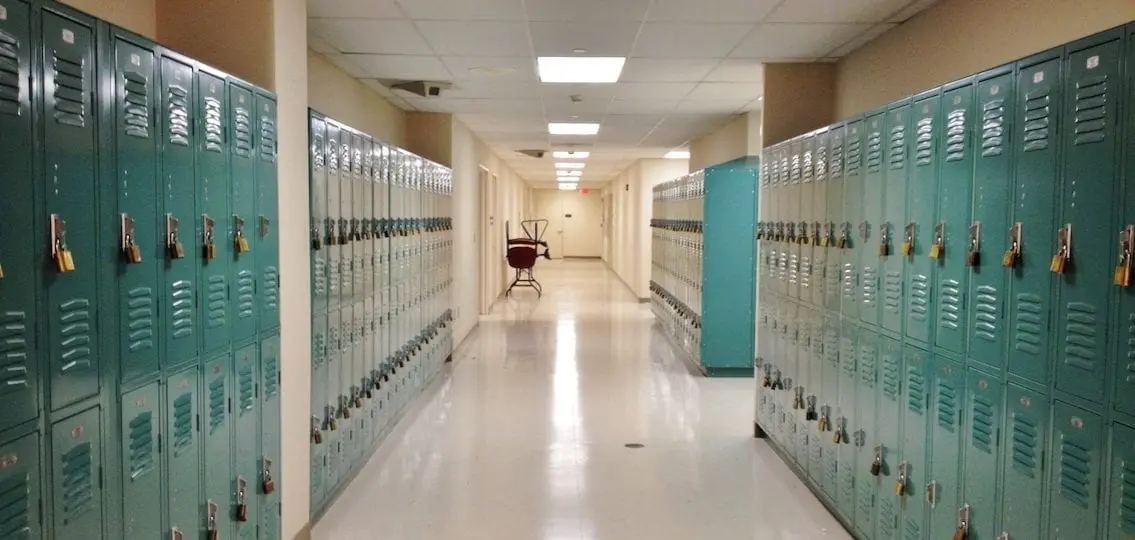
While it is true that our children have not known a life without cell phones or Netflix, it’s also true that they have not known life without active shooter drills. About 95% of schools nationwide drill students on active shooter lockdown procedures.
Gun Violence is on the Rise
Even before the shooting massacre at an elementary school in Uvalde, Texas, the 2021-2022 school year was shaping up to be the worst year ever in school gun violence. According to Everytown for Gun Safety, an advocacy group, there were at least 136 instances of gunfire on school grounds—killing 26 and wounding 96—between August 1 and December 1, 2021. This was nearly four times the average gun violence during the same period in previous years.
The Everytown report calls guns in school “just the tip of the iceberg.” With 3 million children exposed to gun violence every year—with 3,500 shot and killed and 15,000 more shot and injured—the fear is real.
Lockdown Culture
Experts counsel us to talk with our kids. But what can we possibly say to our children about gun violence? It defies logic, going against everything we’ve tried to instill about inherent goodness and trust. We can’t provide advice because there isn’t any. We can’t reassure our kids that they are safe because they aren’t.
With no imminent solutions, we grab at band aids and implement procedures that make us feel like we’re doing something but fail to get at the underlying causes. Clear backpacks are the rage. ALICE (Alert, Lockdown, Inform, Counter, Evacuate) is no longer just a child’s name. They all know this mantra: Run. Hide. Fight. There are even children’s books entitled I’m Not Scared, I’m Prepared! and I Can be a SUPERHERO During a Lockdown.
Conventional wisdom argues that the best way to be safe is to be prepared, have a plan, and practice. Some even argue that the more realistic the school shooting drills are, the better.
I’m all for taping my windows before a hurricane and having a flashlight on hand for power outages, but I can’t totally wrap my mind around being prepared for a shooter.
The basic premise of these oxymoronic safety drills is already frightening enough, but as these practice sessions have become more realistic and intense, with some even using fake blood and blank bullets, they become almost macabre.
Sometimes, the school emergency drills are a surprise; in other words, the students are not told that it’s a drill. Younger students burst into tears, and the drills are particularly traumatizing to those students who have already experienced violence in their lives. There have been reports of students sending goodbye texts to their families and friends and becoming physically ill during these situations.
Instead of taking a deep dive into the reasons why gun violence occurs in schools and neighborhoods and what we can do to prevent it, we’ve created a lockdown culture.
We’ve normalized danger, and whether it’s obvious or not, our kids – the ones we are supposed to be protecting – bear the brunt of it. They are anxious and worried. It’s no wonder that there are so many kids who don’t want to go to school and so many who cannot focus on learning.
“Trying is the Thing”
So, what can we do?
1. Advocate for gun safety
It’s time to look at the research that has been done, enact some legislation, and create some new policies with the goal of minimizing the possibility of someone dying from gun violence.
A review of firearm laws and their impact on firearm homicides published in the Journal of American Medical Association found that background checks in particular are tied to less gun trafficking; reduced suicide rates by guns; fewer intimate partner deaths by guns; fewer aggravated assaults by guns.
I’m not an outlier here. According to the polls, there are few issues with as broad support as universal background checks—consistently more than 80% of respondents support background checks for gun purchases.
Banning assault weapons, though more controversial, is also another policy worth considering. Despite data that proved that the ban, which was in place for 10 years, successfully decreased both the use of assault weapons and the number of mass shooting fatalities, Congress did not renew a federal ban in 2004. Currently, fewer than ten states ban these guns and high-capacity magazines, while 63% of the public supports this type of legislation, according to Pew Research Center.
2. Focus on public health
While limiting access to guns is one way to reduce gun violence, it is not the only solution. Nineteen prevention scholars developed the “Call to Action to Prevent Gun Violence in the United States of America.” The plan has been endorsed by over 200 national organizations and over 4,000 experts in public health, social and emotional wellness, and education. The recommendations are based on a public health model that is community based and most importantly, preventive.
Too many kids are frustrated, angry, and isolated. We need to find ways for them to have positive and supportive relationships with parents, mentors, teachers, and peers. They need to know someone cares about them. Developing programs that foster the social and emotional well-being of our children, promote kindness and respect, and emphasize non-violent conflict resolution is paramount.
At the same time, we also need measures in place to support and protect individuals who are struggling. Rather than eliminating counselors and psychologists from schools, we should be adding them. Instead of increasing class size, we should be lowering it. Rather than alienate these children, we need to connect with them.
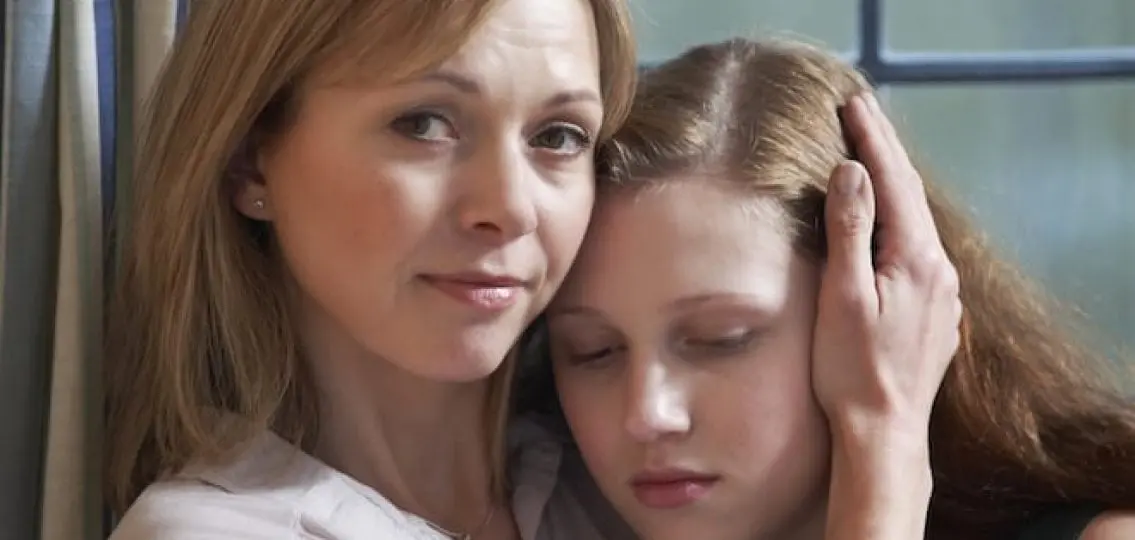
We have a national emergency on our hands, one that is complex and difficult to fix. But as political commentator, writer, and television host Trevor Noah said, our country is founded on the idea that when something doesn’t work, we take the initiative to find a solution. That solution may not be perfect, but “trying is the thing.”
